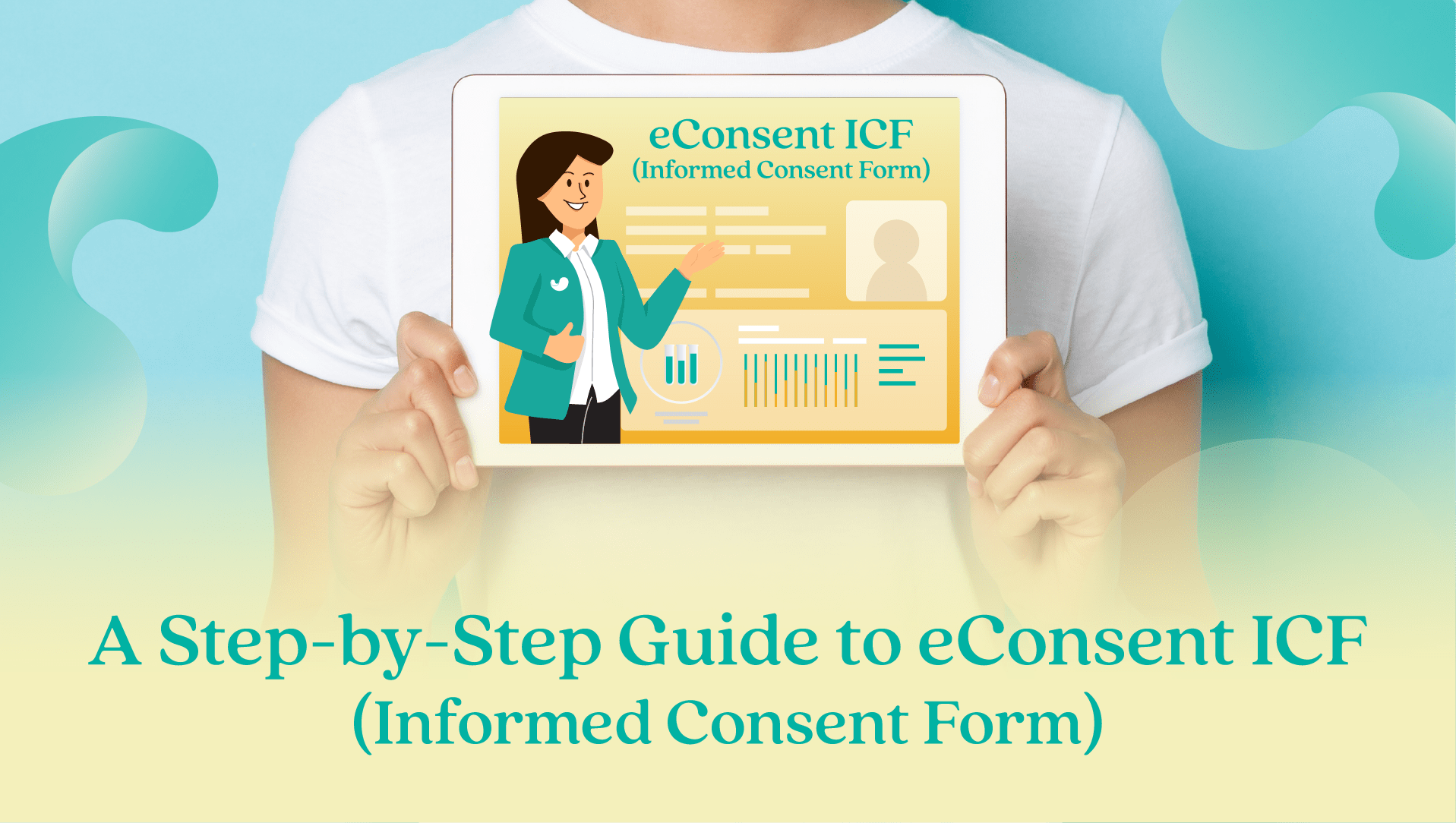Best Practices for Writing Informed Consent Forms in Clinical Research
Informed consent forms (ICFs) are a crucial aspect of clinical research, ensuring that participants are fully informed about the study they are considering, including its purpose, procedures, risks, and benefits. Ethical clinical research requires participants to understand these elements before they agree to take part in a study. A well-written ICF is a vital tool for establishing trust, protecting the rights of participants, and promoting transparency.
However, creating an ICF that effectively balances legal, medical, and ethical obligations with clear communication can be challenging. The form must be comprehensive but also easily understood by participants from various educational backgrounds. In this blog, we’ll outline the best practices for writing informed consent forms in clinical research to ensure clarity, compliance, and participant understanding.
1. Use Plain Language and Avoid Jargon
One of the most important considerations in writing an informed consent form is ensuring that the language is clear and understandable to the average person. Many participants may not have a medical or scientific background, so using plain language is crucial.
Key considerations:
– Avoid technical or scientific terms, and if they are necessary, include simple definitions or explanations.
– Use everyday language to explain complex concepts.
– Short, concise sentences are easier for participants to read and comprehend.
– Instead of passive voice, use active voice to make sentences clearer and more engaging.
For example, instead of writing “The investigational drug will be administered to participants,” you can say “You will receive the study drug during the trial.”
Readability is key: Aim for a reading level that matches the general population, typically around a 6th to 8th-grade reading level, depending on the audience. Readability tools such as the Flesch-Kincaid score can help evaluate whether the ICF is appropriate for your audience.
2. Provide a Clear Explanation of Study Purpose and Procedures
Participants need to understand the exact nature of the study, why it is being conducted, and what procedures they will undergo. This section should describe the study’s purpose, the type of research (such as interventional, observational, etc.), and the procedures in a step-by-step manner.
Key considerations:
– Break down complex procedures into simple steps.
– Include time commitments for participants and what to expect at each phase.
– Visual aids (such as flowcharts or timelines) can help participants better understand procedures.
– Specify the difference between standard care they would normally receive and any new or experimental treatments that will be administered as part of the study.
Example:
“If you decide to participate, you will come to the clinic for five visits over the next six months. During each visit, we will ask you about your health, take a blood sample, and administer the study drug.”
3. Clearly Explain Risks and Benefits
One of the central functions of an informed consent form is to ensure that participants are fully aware of any potential risks and benefits associated with the study. This section must be transparent and honest, providing enough information for participants to make an informed decision.
Best practices for this section:
– Be upfront about potential risks, no matter how minor. Risks could include side effects of a drug, discomfort from procedures, or the possibility that the treatment may not be effective.
– Benefits should not be overstated. If there are no direct benefits to participants, this should be clearly stated.
– Consider adding a comparative element that contrasts the risks and benefits of participation with standard treatment options or doing nothing at all.
Example:
“There may be side effects from the study drug, including nausea, headaches, or fatigue. While there may not be direct benefits for you, this research may help improve treatment for others with your condition in the future.”
4. Address Confidentiality and Data Protection
Participants have the right to know how their personal information and medical data will be handled throughout and after the study. This section should include details about how confidentiality will be maintained, who will have access to the data, and how it will be stored.
Key elements to include:
– Describe how data will be anonymized or de-identified to protect the participant’s privacy.
– Explain who will have access to identifiable information (such as the research team, regulatory authorities, etc.).
– Outline data security measures in place, such as encryption or secure storage systems.
– Clarify whether data may be shared with other research institutions or companies and the conditions under which this could occur.
Example:
“Your personal information will be kept confidential. We will assign a study ID number to your data, and your name will not be used in any reports. Only the research team and regulatory agencies will have access to your data.”
5. Discuss Voluntary Participation and the Right to Withdraw
Participants need to know that their involvement in the study is completely voluntary and that they have the right to withdraw at any time without penalty. This section reinforces the ethical foundation of informed consent, ensuring that participants feel empowered to make decisions that are in their best interest.
Points to emphasize:
– Participation is voluntary, and they are free to withdraw at any point without any negative consequences.
– Withdrawal will not affect their standard medical care or relationship with healthcare providers.
– Include instructions on how to withdraw from the study and what will happen to their data if they do.
Example:
“Your participation in this study is completely voluntary. You can choose to leave the study at any time, and it will not affect the care you receive from your doctor.”
6. Provide Contact Information for Questions and Concerns
An informed consent form should always include contact information for participants who have questions or concerns before, during, or after the study. Participants should feel comfortable reaching out if they need clarification or support.
Include:
- The primary contact for the study, typically the principal investigator or study coordinator.
- A contact for any questions regarding the participant’s rights, such as an ethics committee or institutional review board (IRB).
- Emergency contact details if participants experience any adverse effects during the study.
Example:
“If you have any questions about the study, please contact Dr. Jane Smith at (555) 123-4567. For questions about your rights as a participant, you can contact the Institutional Review Board at (555) 987-6543.”
7. Format and Layout for Readability
A well-written consent form is not just about the words; formatting plays an essential role in making the document easy to read and understand. Use a clean, logical layout that guides the reader through the different sections of the form.
Formatting tips:
Use headings and subheadings to organize information logically.
– Bullet points and numbered lists make the content more digestible.
– Use bold or italic fonts to highlight key points or warnings.
– Ensure there is enough white space between sections for readability.
– Keep paragraphs short, and avoid large blocks of text.
8. Test for Understanding
Once the informed consent form has been written, it’s important to test whether it’s truly understandable to participants. One effective way to do this is to conduct a readability test or seek feedback from non-experts who represent the study’s target population.
Strategies:
– Use readability scoring tools like Flesch-Kincaid or Gunning Fog to assess the text.
– Conduct a pilot test where a small group of participants read the form and provide feedback on its clarity.
– Ask participants to summarize key parts of the form to ensure they fully understand the information provided.
Writing informed consent forms is a vital part of the clinical research process, ensuring transparency, ethical standards, and participant protection. By using plain language, breaking down complex procedures, and addressing confidentiality, risks, and voluntary participation clearly, researchers can create forms that empower participants to make informed decisions. The ultimate goal is to provide a document that is both legally compliant and participant-friendly, fostering trust and understanding throughout the research process.
At Clinixir, we ensure informed consent forms meet the highest ethical and regulatory standards. Our expert team, supported by advanced systems, prioritizes participant rights, clear communication, and transparency in every clinical trial.
Contact Clinixir today for a consultation on informed consent writing and collaborate with a team that excels in participant welfare and regulatory compliance.
You May Also Like
These Related Stories

A Step-by-Step Guide to eConsent ICF (Informed Consent Form)

Real-World Data Integration in Clinical Trials: Opportunities and Challenges in Thailand



